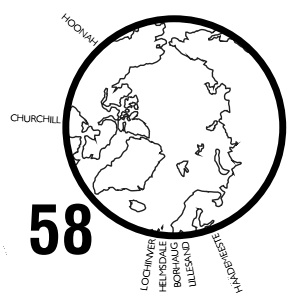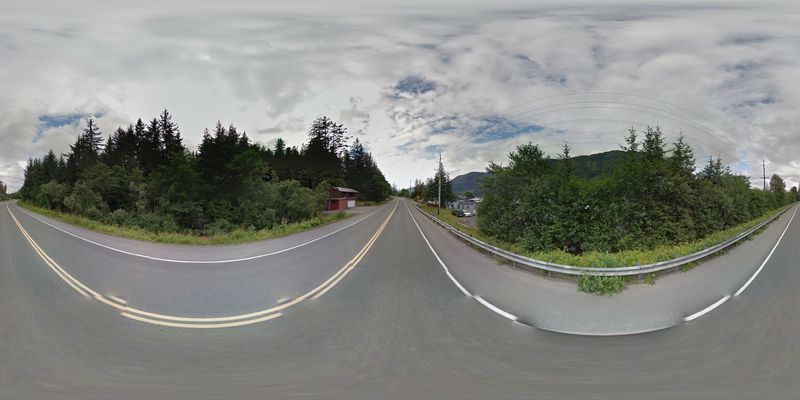Hoonah
Hoonah, Alaska - Population 860
This coastal village is situated on the north shore of Chichagof Island, along the southeast archipelago of the state of Alaska. The island is dominated by towering evergreens blanketing its steep coastal mountains. It was settled, in the 18th century, by the Tlinglit Huna clans fleeing glacial advance in nearby Glacier Bay. The economy of Hoonah was based on subsistence agriculture and families lived in communal clan longhouses.
In the early 1900s, a salmon cannery was established providing employment for women, while their husbands fished at sea.
The Huna culture is celebrated for its rich and colourful art form with sophisticated, highly stylized designs.
In 1896 gold was discovered near Hoonah, and as prospectors arrived to the area the population rose to nearly 4,000. It was the starting point for over 40,000 gold rush stampeders heading to the Yukon by way of the Chilkoot Trail. In 1869, over 500 gold panners traveled to Kildonan with the prospect of finding gold in the burns. Although the prospectors are long gone, traces of their camps and cemeteries can still be seen. Today, Hoonah relies upon fishing and timber related business, as well as a growing tourist industry. It has a mayor and city council and the young are encouraged to keep native culture alive. Some people call it “The Little City with a Big Heart”


